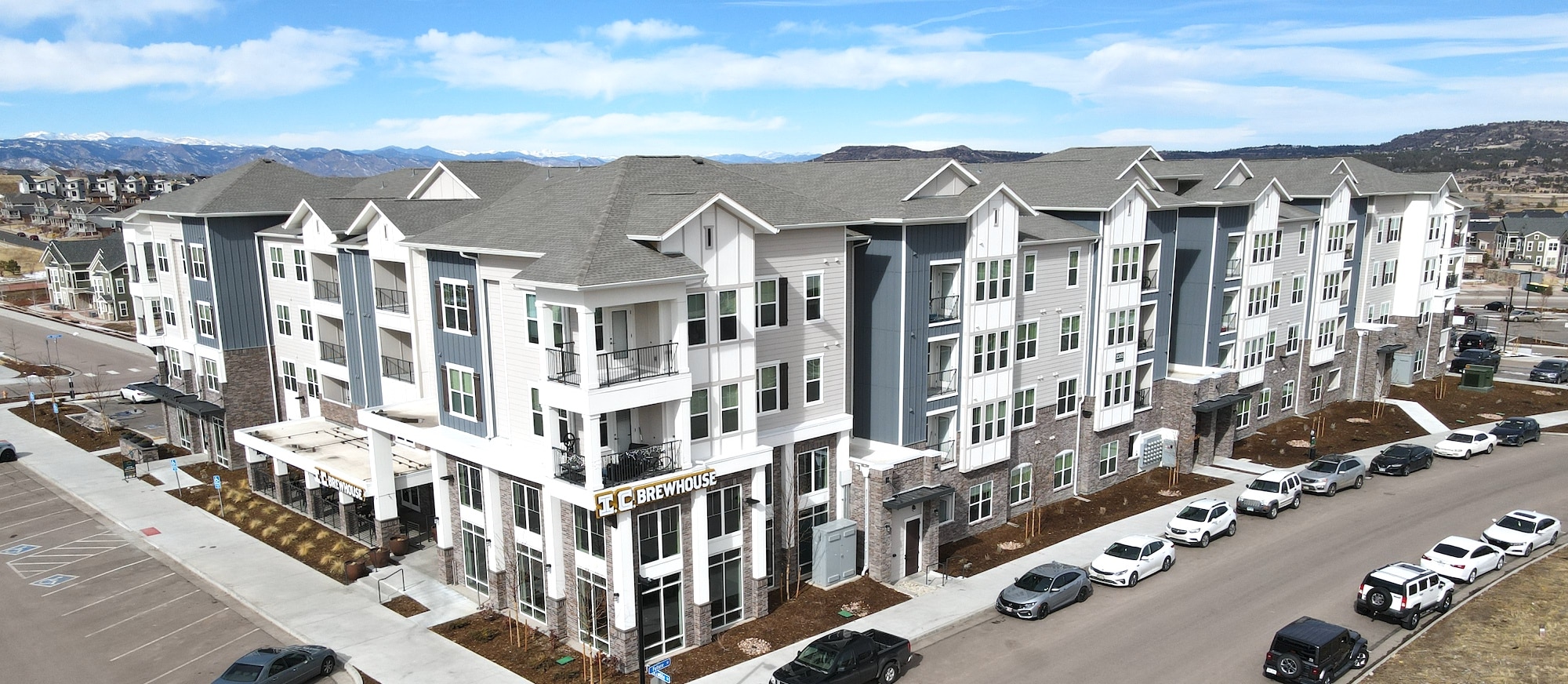energy efficient roofing
In an era of growing environmental consciousness and rising energy costs, adopting energy efficient roofing practices has become paramount. Among the various aspects of a building’s energy efficiency, the roof plays a critical role in maintaining indoor comfort and reducing overall energy consumption. A well-designed and appropriately constructed energy efficient roofing system can lead to substantial cost savings while promoting sustainability. So let’s discuss energy efficient roofing when it comes to maintaining, repairing, or replacing your roof.

Table of Contents
In this blog post, we will explore:
- The significance of energy efficient roofing
- Tips to improve your roof’s energy efficiency
- How a roof’s energy efficiency is measured
- The most energy efficient roofing materials
Importance of Energy Efficient Roofing
Energy efficient roofing is not merely an eco-friendly concept; it directly impacts homeowners’ wallets. With energy prices consistently on the rise, an system can significantly reduce energy consumption, translating into lower utility bills. Moreover, it contributes to overall sustainability efforts by reducing greenhouse gas emissions and dependence on fossil fuels for electricity generation.
5 Tips to Improve Your Roof’s Energy Efficiency
Want to take your energy efficient roofing to the next level? Follow these tips to save money and become more eco-friendly.
- Roof Insulation
One of the most crucial aspects of roofing is proper insulation. Adequate insulation prevents heat transfer between the interior and exterior of the building, keeping the indoor temperature stable. This reduces the need for heating and cooling, leading to substantial energy savings.- Reflective Roofing
Opt for reflective roofing materials that can reflect a significant portion of the sun’s rays, reducing heat absorption and minimizing the heat island effect. White or light-colored roofs are excellent choices for maintaining roof. - Ventilation
Proper roof ventilation ensures that hot air can escape, preventing heat buildup in the attic. A well-ventilated roof promotes airflow, making roofing even more effective during hot weather. - Seal Leaks and Gaps
Regularly inspect and seal any gaps, leaks, or cracks in your roof to prevent air leaks. Unaddressed gaps can compromise the effectiveness of your roofing system. - Green Roofs
Consider installing a green roof with vegetation, which offers natural insulation and contributes to energy efficient roofing by cooling the surrounding area through evapotranspiration.
Measuring Roof Energy Efficiency

The energy efficiency of a roof is typically measured using several key factors related to energy efficient roofing:
- Solar Reflectance (Albedo): High solar reflectance reduces heat absorption, making your roof part of an efficient roofing system.
- Thermal Emittance: Roofs with high thermal emittance release heat efficiently, enhancing their energy efficient roofing properties.
- U-Value and R-Value: Lower U-values and higher R-values signify better insulation, crucial for efficient roofing.
- Energy Star® Certification: Roofs meeting Energy Star standards are recognized for their roofing capabilities.
The Most Energy Efficient Roofing Materials
Roofing material plays a huge role in determining the efficiency of your roof. Here are some of the most efficient roofing options:
- Metal Roofing
Metal roofs, like aluminum and steel, are durable and reflect solar radiation effectively, making them ideal for roofing. - Cool Roofs
Cool roofs are specifically designed for roofing, offering high solar reflectance and thermal emittance. - Clay or Concrete Tiles
These materials provide natural thermal insulation, aligning with roofing practices. - Slate Roofing
Slate is long-lasting and offers great insulation, making it a sustainable choice for efficient roofing. - Living Roofs
Green roofs covered with vegetation are the epitome of , offering insulation and environmental benefits.
Signs of an Inefficient Existing Roof

Identifying inefficiencies is crucial to transforming your current setup into efficient roofing. Look for:
- Fluctuating indoor temperatures
- High energy bills
- Hot spots in the house
- Visible roof damage
- Excessive roof heat
- Mold or mildew growth
An aging roof may also lack the qualities needed for efficient roofing. Addressing these issues with upgrades can save you money and boost sustainability.
Elevate Your Roof With Energy Efficient Roofing Solutions
If you’d rather leave your high school math skills in the past, don’t worry! At Tectum Roofing, we specialize in efficient roofing solutions tailored to your needs. From proper insulation to choosing the most effective materials, our team ensures your roof supports a sustainable and cost-effective future.
For expert advice, inspections, or installation of efficient roofing, contact us today!
Work With a Professional Contractor
When it comes to improving energy efficiency, the best person to assist you is a professional roofing contractor. If you are ready to improve your roof’s energy efficiency, contact Tectum Roofing today for a free estimate.


